Viltrox has been making waves in the lens space for some time, but its LAB series, a new foray into professional optics, takes the company's ambitions up a notch (or two). The Viltrox LAB 135mm f/1.8 aims to deliver professional performance at a much more affordable price. Does it deliver the goods?
One way to make a lens visually amazing is to physically magnify it. By increasing the size of the lens and therefore the image circle, you can achieve the desired focal length and aperture while using more of the central part of the image circle itself. This improves sharpness and vignetting, but comes at the expense of weight and size. I'm not sure if Viltrox does exactly that with its LAB 135mm, but the lens is still a beast.

The Viltrox LAB series lenses are designed to compete with top-end lenses from major manufacturers, such as Sony's G Master, Nikon's S Line and Canon's L series. It's important to note that at $899, the 135mm is less than half the price of the Sony 135mm f/1.8 G Master, which it directly competes with. Can an affordable lens deliver top-notch results and be worth the extra money?
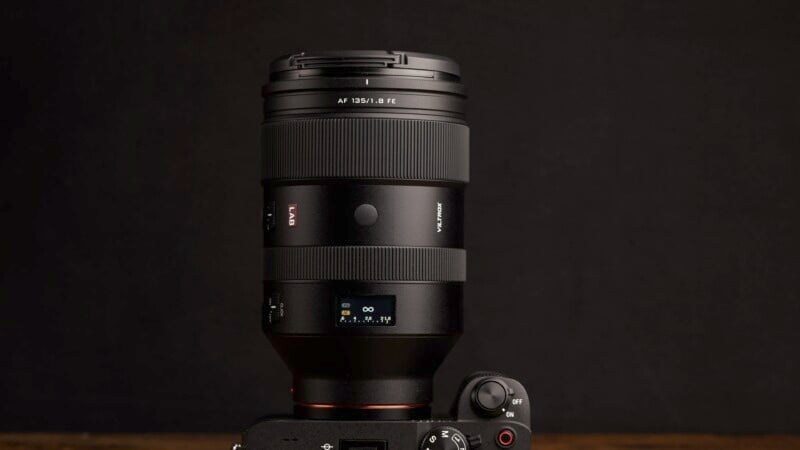

Viltrox LAB 135mm f/1.8 review: How it feels
The way the Viltrox feels is heavy as hell. At 45.9 ounces (1,300 grams), the Viltrox weighs as much as a professional 70-200 f/2.8 lens. The weight is not unbearable, but you can feel it after a day of filming. However, the immense dimensions are sometimes difficult to manage and my rather slender fingers were uncomfortably trapped between the housing and the lens. The front of the lens requires an 82mm filter, although this too is on par with the G Master.
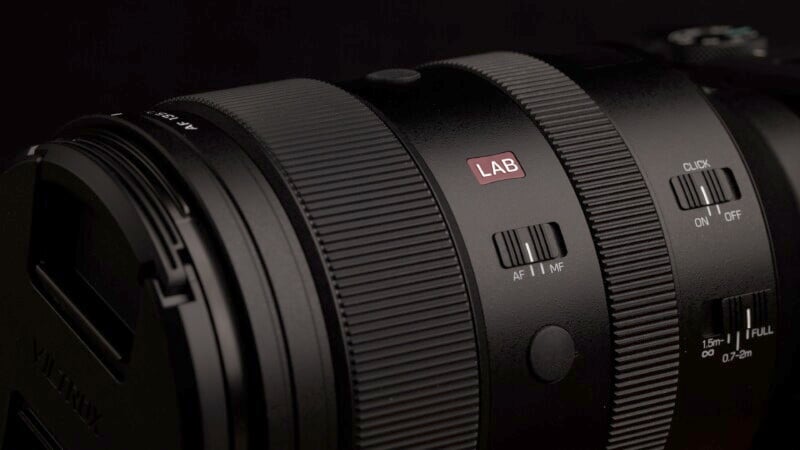

The manual focus ring is smooth and I had no problems with precise focusing. There's a simple AF/MF switch, a focus limiter and two customizable buttons. On the top of the lens there is an LCD that displays a distance scale, focus distance and aperture scale. The lag isn't too great and the display is easy to read, but there's no option to display a depth of field indicator. Overall, the lens feels very solid and well made and is fully weatherproof throughout.
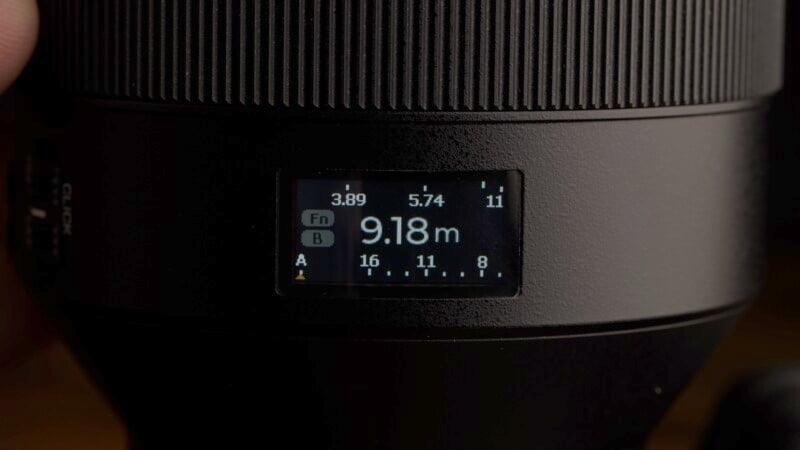
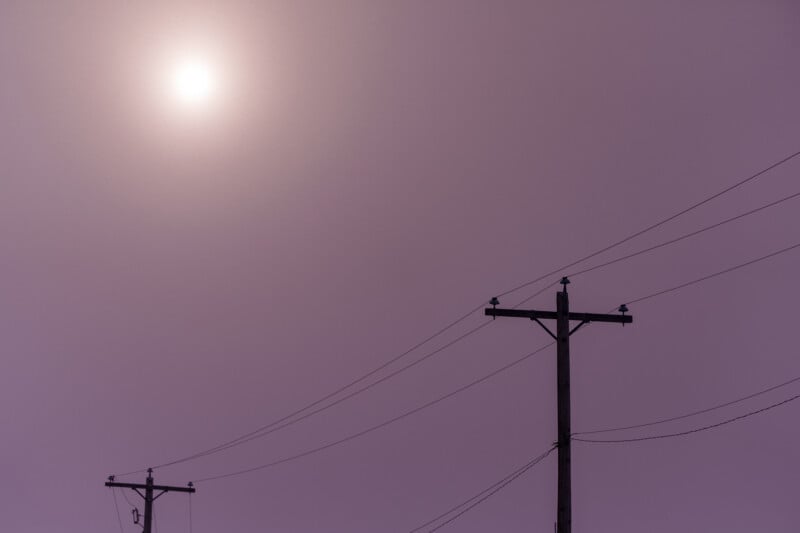
However, I was disappointed with the aperture ring because the stops are poorly indexed and require two to three clicks for each half stop. This is inaccurate and annoying, and I'm not sure why Viltrox chose to do this. One click per half or third stop step would be far more useful. You can adjust the ring to rotate smoothly; This is the only time I might prefer to do this.
When the aperture ring is turned all the way to the right, it activates the automatic aperture, with the housing now controlling the setting. However, there is no locking switch or even a hard click to ensure the setting stays in place. So if you turn the ring even slightly, you'll unexpectedly end up shooting at a very small aperture instead.
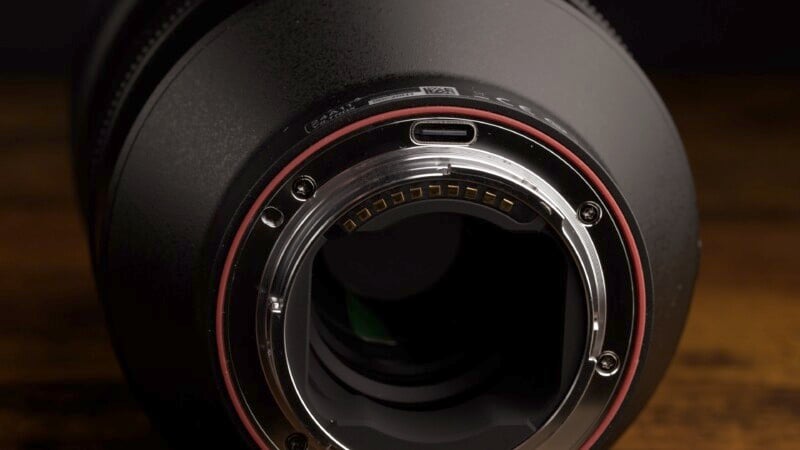

Viltrox LAB 135mm f/1.8 review: How it shoots
Inside the 135mm lens are two VCM motors that produce a slight whirring sound when focusing, but are fast and precise. I still think the Sony focuses faster and is the better choice if you want to take a lot of concrete, fast action shots. This isn't a problem for portraits. All of Sony's advanced in-camera autofocus modes worked flawlessly with the Viltrox.

The macro capability of any fast prime portrait lens isn't outstanding, but the Viltrox can achieve a life-size reproduction ratio of 1:4. It focuses at about 28 inches (0.7 meters), provides ample working distance, and is great for tight portrait details like the eyes. Most importantly, even at the Viltrox 135mm's minimum distance, the results are still very sharp.

The lens does exhibit occasional flare and ghosting, but it's nothing major, and there's a bit of LoCA too. This LoCA shows a slight blue/yellow gap between background and foreground, but this is minor and occurs in a similar way on the Sony G Master.
Thanks to an 11-blade aperture, the bokeh was particularly beautiful. A small cat's eye appears at f/1.8, which disappears completely at f/2.8. Highlights are nice and round, with no onion rings and just a slight bubble effect. Overall, I found the bokeh to be soft and pleasant, which is essential for a lens with a shallow depth of field like the 135mm.

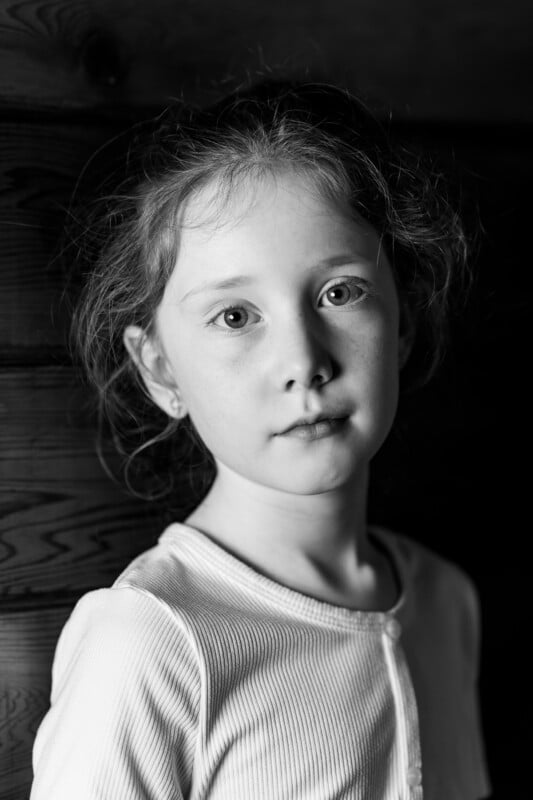
I was really impressed by the sharpness of the Viltrox 135mm f/1.8 LAB lens. At f/1.8 the center is bright, contrasty and sharp. Stopping down the lens has a minimal effect as it is already very good wide open.
There is some vignetting in the corners at f/1.8, but detail is good, although softer than in the center. Stopping down to f/4 eliminates vignetting and sharpens the lens in the corners. To keep it simple: the Viltrox is on par with the Sony 135mm f/1.8 GM.


Viltrox LAB 135mm f/1.8 review: Optical excellence at a great price
Viltrox has managed to create a lens that can easily compete with the best in the industry at an impressively low price. The only thing the lens gives up is some questionable design decisions with the aperture ring and a much larger and heavier body. Because of its excellent optical performance, I would happily use the Viltrox for any photography, but I didn't like the experience of cramped fingers and a cramped arm. Priced at $899, there's no denying the incredible value this lens represents, as long as the extra size doesn't bother you.


Are there alternatives?
The Viltrox is currently only manufactured for Sony E-Mount. The Sony 135mm f/1.8 GM is an excellent lens, but the price is much higher. Samyang also makes an affordable 135mm f/1.8 lens that I haven't had a chance to test yet.
Should you buy it?
Yes. The optics are incredibly good for the money and the lens works pretty well. I hope a version will be further refined in the future, but this current lens represents excellent value for money no matter how you slice it.
